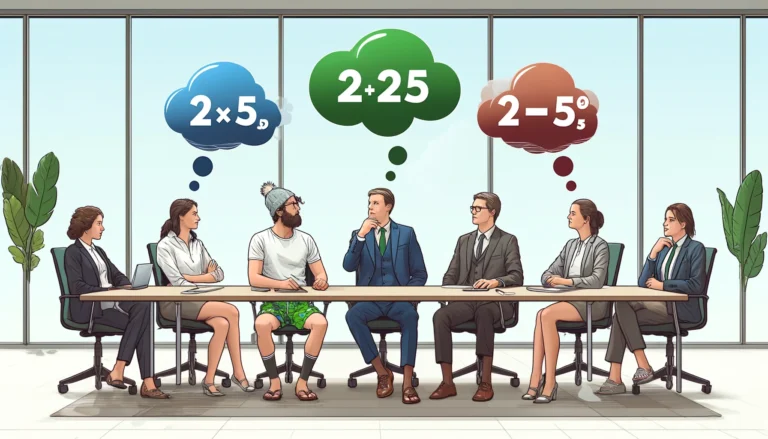Absolutely not! Judging a colleague’s ideas or work based on their attire is like mixing apples with oranges. It’s guilty by association, a form of an ad hominem logical fallacy. Logical fallacies are one of the Four Mind Traps, which are part of the TST Framework.
A colleague’s dress style is like a book cover – it doesn’t dictate the story inside. Remember, a great idea can come from anyone, regardless of their wardrobe choices! Don’t assume a sharp dresser always delivers sharp ideas, or that casual attire means sloppy thinking. Personal style and professional prowess are separate entities. History shows us that innovators in hoodies can revolutionize the world, while some of the worst ideas have come from those in three-piece suits. So, let’s separate style from substance and judge each on its own merit.
By the way, this fallacy extends to following the rules. While adhering to a dress code might show respect for workplace norms, and you might want to punish them for their rebellious idea, don’t. It’s a leap to link someone’s fashion sense, or even their rebellious attitude, directly to their professional capabilities or the brilliance of their ideas. So next time you’re in a meeting, focus on the content spilling from their minds rather than the style of their outfit.
Ad hominems are a type of logical fallacy. Logical fallacies are one of the Four Mind Traps covered in the TST Framework. Sharpen your on-the-job thinking! Take the 15-minute deep dive: Logical Fallacies Overview









